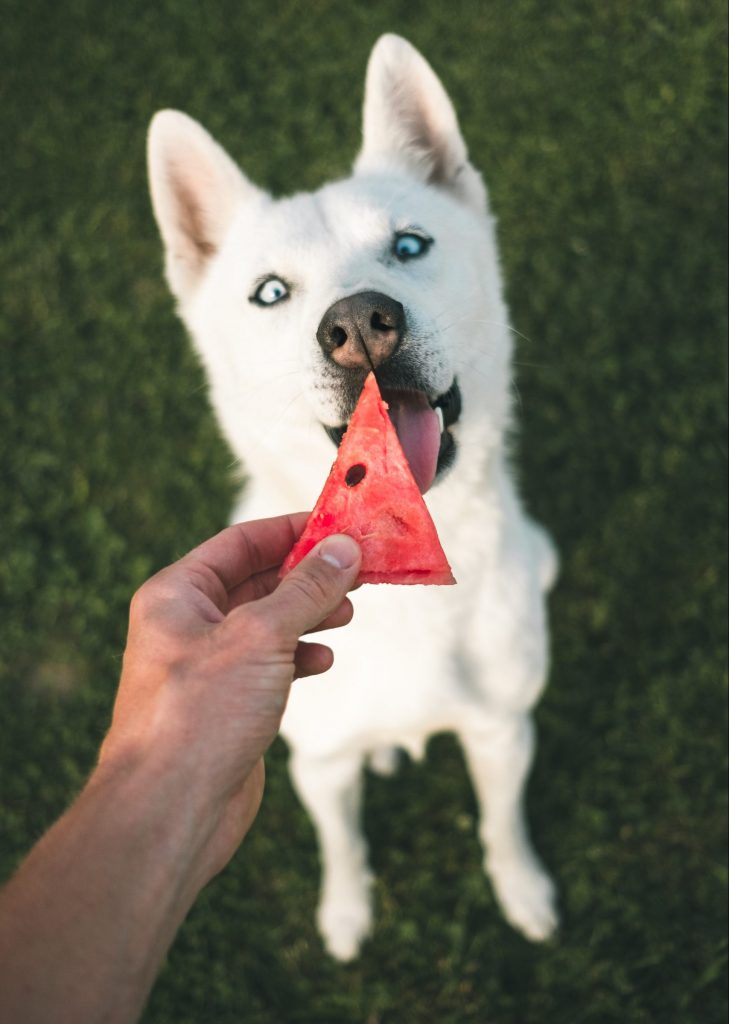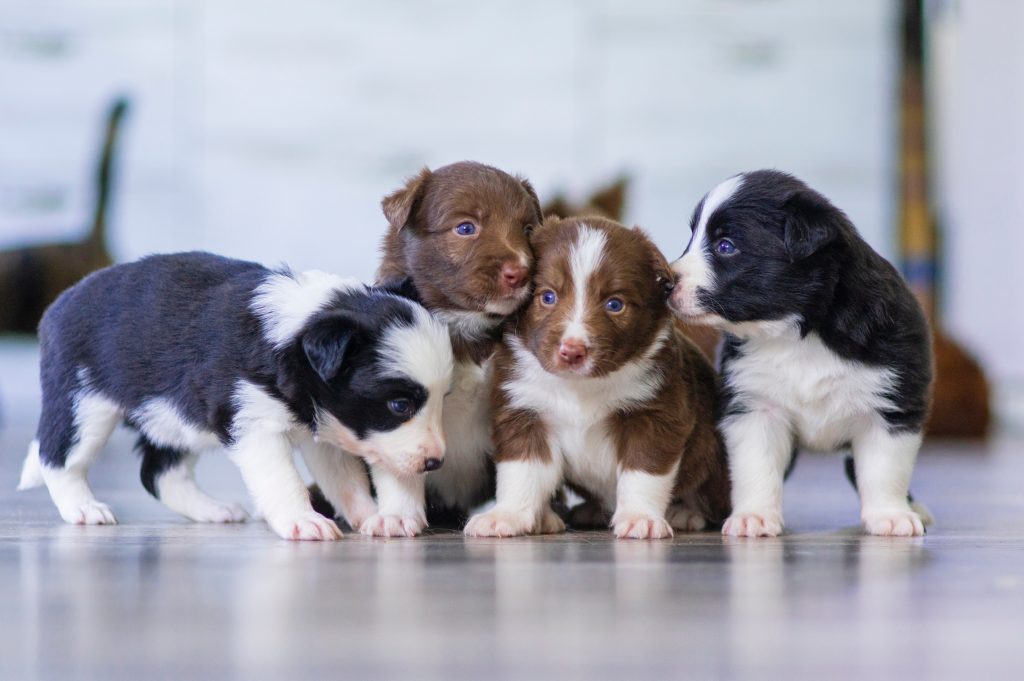The post aims to educate dog owners about the signs and stages of the heat cycle, discuss the importance of proper care during this period, and provide practical tips for managing the challenges that come with a dog in heat. It also emphasizes the significance of spaying as a long-term solution for heat-related concerns. Ultimately, the objective is to empower dog owners with knowledge and resources to ensure the well-being and comfort of their female dogs during their heat cycles.

Female dogs, like humans, go through a reproductive cycle known as the heat cycle or estrus. It is crucial for dog owners to understand when their female dogs start menstruating and how to effectively manage their heat cycles. In this blog post, we will explore the different stages of the heat cycle, signs of a dog in heat, management options, and the importance of responsible breeding practices.
Section 1: The Stages of the Heat Cycle
- Proestrus: The initial stage characterized by vaginal bleeding and the release of pheromones.
- Estrus: The fertile period when the dog is receptive to mating.
- Diestrus: The stage following estrus, where hormonal levels decrease, and pregnancy may occur.
- Anestrus: The resting phase between heat cycles.
Section 2: Signs of a Dog in Heat
Behavioral changes like increased affection, restlessness, and seeking attention.
Physical signs such as a swollen vulva, bloody discharge, and frequent urination.
Section 3: Heat Cycle Management and Care
- Spaying: Discussing the option of spaying to prevent unwanted pregnancies and certain health issues.
- Using Doggie Diapers: Providing convenience and hygiene during the heat cycle.
- Confined Environment: The importance of keeping female dogs confined to prevent mating with male dogs.
- Maintaining Cleanliness: Tips on maintaining cleanliness and hygiene during menstruation.
Section 4: Considerations for Breeding
- Responsible Breeding: The importance of consulting with a veterinarian or professional breeder before deciding to breed a female dog.
- Health Considerations: Discuss the need for health screenings, genetic testing, and the overall well-being of the dog and potential offspring.
Conclusion:
Understanding and managing a female dog’s heat cycles is crucial for the well-being of both the dog and the owner. By being aware of the stages, signs, and management options, dog parents can ensure a safe and comfortable experience for their furry companions.
If you have any further questions or need personalized guidance on understanding and managing your female dog’s heat cycles, our team of dog parenting experts is here to assist you.
Frequently Asked Questions:
At what age do female dogs start menstruating?
Female dogs typically start their first heat cycle, which includes menstruation, between the ages of 6 and 12 months. However, the exact age can vary depending on the breed and individual dog.
How long does a dog’s heat cycle last?
The heat cycle in female dogs typically lasts about 2 to 3 weeks. This includes the stages of proestrus, estrus, diestrus, and anestrus.
What are the signs that my dog is in heat?
Signs of a dog in heat include vaginal bleeding, swollen vulva, increased urination, changes in behavior (restlessness, increased affection), and attracting male dogs.
Should I spay my female dog to prevent heat cycles?
Spaying (surgical removal of the uterus and ovaries) is an option for preventing heat cycles and unwanted pregnancies. It is a personal decision that should be discussed with a veterinarian, considering factors like the dog’s age, health, and long-term plans for breeding.
How can I manage my dog’s heat cycle?
Some management options include using doggie diapers or menstrual pads, keeping the dog confined indoors or in a secure area, and maintaining cleanliness by regular bathing or wiping.
What are the health considerations for breeding a female dog?
Breeding a female dog requires careful consideration. It is important to consult with a veterinarian or professional breeder to ensure the dog is in good health, undergoes necessary health screenings and genetic testing, and understands the responsibilities of responsible breeding.
What are the risks of not managing a dog’s heat cycle?
Not managing a dog’s heat cycle can result in unwanted pregnancies, potential health risks associated with pregnancy or complications during labor, and the risk of mating with unneutered male dogs.
How can I prevent my female dog from mating during her heat cycle?
Keeping the female dog confined indoors or in a secure area, away from unneutered male dogs, is the best way to prevent mating during her heat cycle.
What should I do if my female dog experiences complications during her heat cycle?
If you notice any concerning symptoms or complications during your dog’s heat cycle, such as excessive bleeding, severe pain, or behavioral changes, it is important to consult with a veterinarian for proper evaluation and guidance.
Can I still walk my dog during her heat cycle?
It is generally recommended to avoid walks or outings in public areas during a dog’s heat cycle to minimize the risk of unwanted mating and to prevent attracting male dogs.



